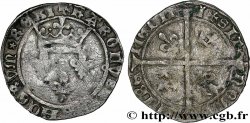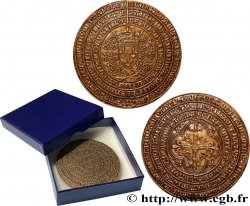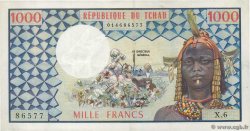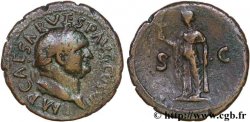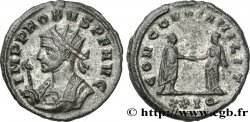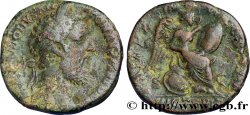Live auction - bry_815526 - CHARLES VII LE BIEN SERVI / THE WELL-SERVED Agnel d'or n.d. Montpellier
You must signin and be an approved bidder to bid, LOGIN TO BID. Accounts are subject to approval and the approval process takes place within 48 hours. Do not wait until the day a sale closes to register. Clicking on "BID" constitutes acceptance of the terms of use of cgb.fr private live auctions.
Bids must be placed in whole Euro amounts only. The sale will start closing at the time stated on the item description; any bids received at the site after the closing time will not be executed. Transmission times may vary and bids could be rejected if you wait until the last second. For further information check the Live auction FAQ
All winning bids are subject to a 18% buyer’s fee.
All winning bids are subject to a 18% buyer’s fee.
| Estimate : | 1 800 € |
| Price : | 1 000 € |
| Maximum bid : | 1 000 € |
| End of the sale : | 06 June 2023 17:36:05 |
| bidders : | 1 bidder |
Type : Agnel d'or
Date: 12/11/1427
Date: n.d.
Mint name / Town : Montpellier
Metal : gold
Diameter : 24 mm
Orientation dies : 11 h.
Weight : 2,48 g.
Rarity : R1
Coments on the condition:
Cet agnel est frappé sur un flan irrégulier présentant des faiblesses de frappe. Flan très légèrement voilé
Obverse
Obverse legend : [+] AGN: DEI: QVI: TOLL': PCA: MVDI: MISE: NOBIS, (M ET N ONCIALES, PONCTUATION PAR DEUX ANNELETS SUPERPOSÉS).
Obverse description : Agneau pascal à gauche, une des pattes antérieures relevée, la tête tournée à droite et nimbée, devant une croix tréflée avec croisette supérieure et avec un gonfanon qui coupe la légende à l'exergue et repose sur un trèfle, le tout dans un polylobe bouleté interrompu en bas par °K° R- FX°.
Obverse translation : (Charles, roi des Francs ; agneau de Dieu qui enlève les péchés du monde, prends pitié de nous).
Reverse
Reverse legend : + XPC* VINCIT*. XPC* REGNAT* XPC* INPERAT, (PONCTUATION PAR UNE ÉTOILE À CINQ RAIS, LA DEUXIÈME REPOSANT SUR UN POINT).
Reverse description : Croix trifoliée avec une étoile à cinq rais dans un quadrilobe anglé en cœur, cantonnée aux 1, 2 et 3 d’un lis, au 3 d’une croix, le tout dans un quadrilobe anglé cantonné de huit petits lis.
Reverse translation : (Le Christ vainc, le Christ règne, le Christ commande).
Commentary
D’après nos recherches en archives, le 12 novembre 1427 “fut ordonné en la ville de Montpellier faire moutons à vingt carats, à un quart de carat de remède et de quatre-vingt-seize de poids au marc, et pour différence des dessusdicts ont un point ouvert dessoubs le d de dei”. Cette description correspond bien à cet agnel d’or. De plus, cette monnaie présente une croix et trois lis (au lieu des quatre lis) en cantonnement de la croix du revers. D’après Jean Duplessy, il s’agit de la marque de la 3e émission de l’agnel de Charles VII, qui d’après cet auteur n’était connue que par un unique exemplaire conservé au Cabinet des Médailles (J. Duplessy, CN, 1988, p. 387-389).







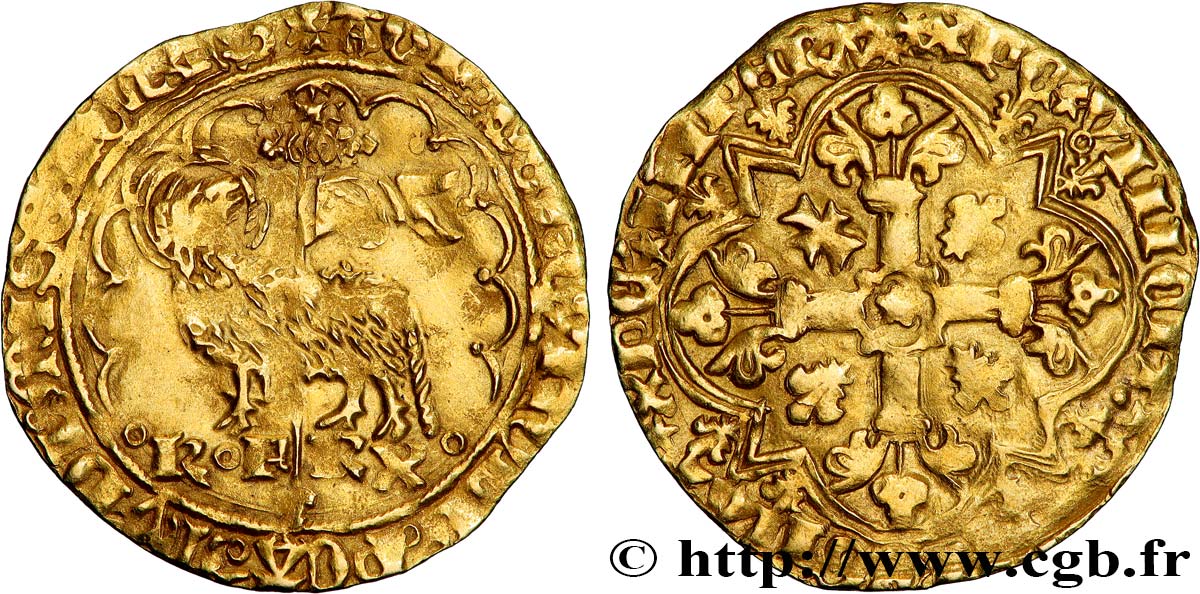
 Report a mistake
Report a mistake Print the page
Print the page Share my selection
Share my selection Ask a question
Ask a question Consign / sell
Consign / sell
 Full data
Full data